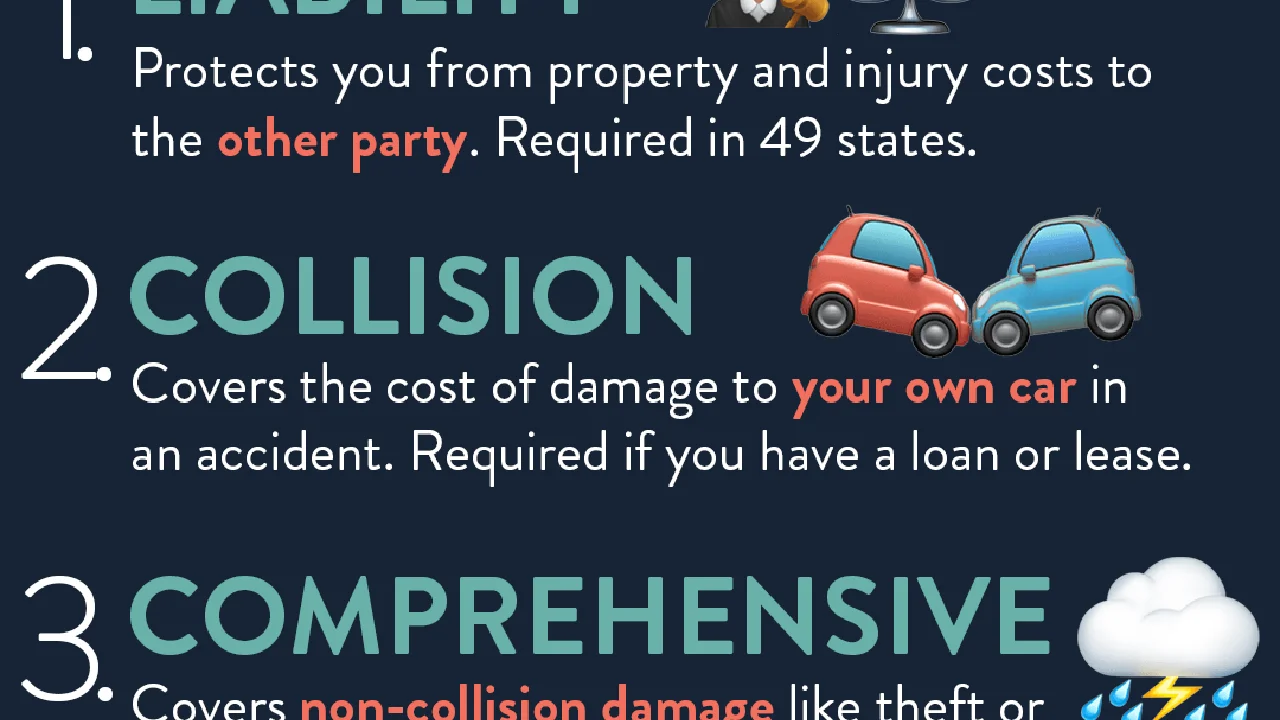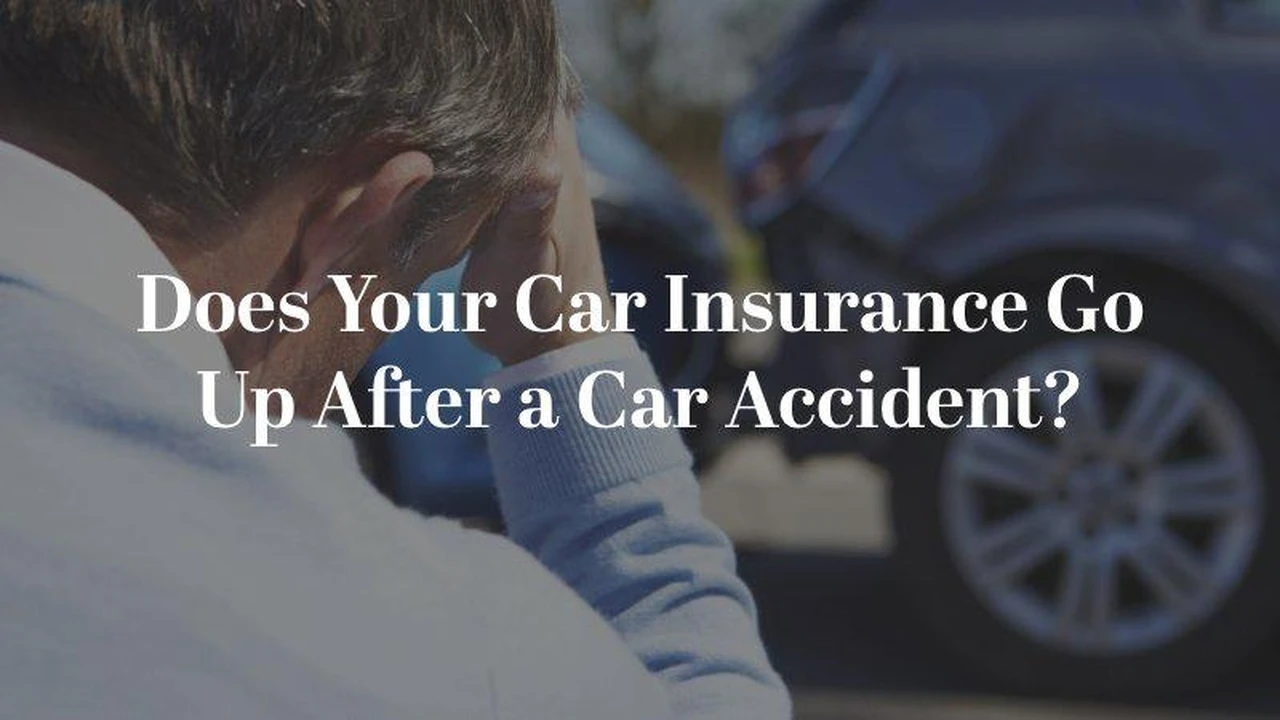Increasing Your Deductible: Is It the Right Choice?

Understanding Car Insurance Deductibles and How They Work
Okay, so you're looking at ways to save some cash on your car insurance, and someone's thrown around the idea of increasing your deductible. First things first, let's break down what a deductible even is. Think of it as the amount you're willing to pay out-of-pocket if you ever have to file a claim. So, if you have a $500 deductible and you get into a fender bender that causes $2,000 in damage, you pay the first $500, and your insurance company covers the remaining $1,500. Makes sense, right?
Now, why would you *want* to increase it? Well, generally, the higher your deductible, the lower your monthly premium. Insurance companies figure you're taking on more of the risk, so they reward you with lower payments. But it's a balancing act – you don't want to raise it so high that you can't afford to pay it if something actually happens!
The Potential Savings with Higher Car Insurance Deductibles
Alright, let's talk about the sweet, sweet savings. How much can you *really* save by bumping up your deductible? It totally depends on a bunch of factors, like your age, driving record, the type of car you drive, and where you live. But, as a general rule, you could be looking at savings of anywhere from 5% to 25% on your premium. That can add up to a significant chunk of change over a year!
For example, let's say your current premium is $1,200 a year with a $250 deductible. If you increase your deductible to $500, you might save $120 a year (10%). Bump it up to $1,000, and you might save $240 (20%). See how it works? The higher you go, the bigger the potential savings.
Assessing Your Risk Tolerance and Financial Situation Before Increasing Your Deductible
Hold your horses before you go doubling or tripling your deductible! This isn't a one-size-fits-all kinda thing. You've gotta be brutally honest with yourself about your risk tolerance and your financial situation. Can you realistically afford to pay that higher deductible if you need to? Imagine waking up tomorrow to a flat tire and some body damage from a hit and run. Would you have the cash to cover the $500 or $1000 deductible without stressing out?
Consider your driving habits too. Do you drive a lot? Do you drive in areas with high traffic or bad weather? Do you have a history of accidents or tickets? The more you drive, and the riskier your driving environment, the higher the chance you'll need to file a claim. If you're a super cautious driver who barely leaves the house, a higher deductible might make more sense.
Specific Car Insurance Products and Scenarios Related to Deductible Choices
Let's dive into some specific examples of how deductible choices can play out with different car insurance products and scenarios. We'll look at collision coverage, comprehensive coverage, and uninsured/underinsured motorist coverage, and see how your deductible affects each.
Collision Coverage Deductibles: Weighing Repair Costs
Collision coverage pays for damage to your car if you hit another vehicle or object, regardless of who's at fault. Let's say you back into a pole and cause $800 worth of damage. If you have a $250 deductible, you pay $250 and your insurance pays $550. But what if you have a $1,000 deductible? You're on the hook for the entire $800! In this scenario, it might not even be worth filing a claim, as the increase in your premium after filing a claim might outweigh the $550 you would have saved.
Now, imagine a more serious accident with $5,000 in damage. With a $250 deductible, you pay $250 and insurance pays $4,750. With a $1,000 deductible, you pay $1,000 and insurance pays $4,000. Here, the higher deductible still saves you money in the long run, but you need to be prepared to pay that $1,000 upfront.
Comprehensive Coverage Deductibles: Handling Unexpected Events
Comprehensive coverage covers damage to your car from things other than collisions, like theft, vandalism, fire, hail, or hitting a deer. These are often unexpected events that you can't really control. Let's say a tree falls on your car and causes $1,500 in damage. Again, your deductible comes into play. If you have a low deductible, you'll pay less out of pocket, but your premium will be higher. A higher deductible means lower premiums, but you'll pay more if something happens.
The tricky thing with comprehensive claims is they're often not your fault. But filing a claim can still affect your rates. So, before filing a claim for something like a cracked windshield (which is often covered under comprehensive), it's worth getting a quote and comparing it to your deductible. If the cost to repair the windshield is less than your deductible, you're better off paying out of pocket.
Uninsured/Underinsured Motorist Coverage Deductibles: Protecting Yourself
Uninsured/underinsured motorist coverage protects you if you're hit by someone who doesn't have insurance or doesn't have enough insurance to cover your damages. In some states, this coverage can have a deductible, although it's less common. If you live in a state where this coverage has a deductible, it's crucial to understand how it works. The deductible applies to your medical expenses and car repairs if you're hit by an uninsured or underinsured driver.
Comparing Car Insurance Products: Deductible Options and Coverage Levels
When shopping for car insurance, don't just focus on the price. Pay attention to the deductible options and the coverage levels offered by different companies. Some companies offer a wider range of deductible choices than others. Some might offer deductibles as low as $0 or as high as $2,500.
Here's a quick look at some popular car insurance companies and their typical deductible ranges:
- State Farm: Typically offers deductibles from $250 to $1,000. Known for good customer service.
- Geico: Offers a wide range of deductibles, often from $200 to $1,000. Known for competitive pricing.
- Progressive: Offers deductibles from $0 to $1,000 in many states. Known for its Snapshot program.
- Allstate: Typically offers deductibles from $250 to $1,000. Offers a variety of discounts.
It's always a good idea to get quotes from multiple companies and compare their deductible options and coverage levels. Don't be afraid to ask questions and make sure you understand what you're paying for.
Recommended Products and Their Usage Scenarios
Let's talk about some specific products and how they might influence your deductible decision. These are not endorsements, but rather examples for informational purposes.
Automatic Car Adapters: The Vinli and the Zubie
Okay, so these aren't insurance policies, but they *can* indirectly affect your deductible decision. Think of devices like Vinli or Zubie. These are little gadgets that plug into your car's OBD-II port (usually located under the steering wheel) and track your driving habits. They can monitor things like speed, braking, and acceleration. Some insurance companies offer discounts to drivers who use these devices and demonstrate safe driving habits. If you're confident in your driving skills, using one of these devices could potentially lower your premium enough to offset the cost of a lower deductible.
Vinli: The Vinli adapter connects your car to a 4G LTE network, providing real-time data on your car's performance and location. It can also connect to other smart home devices. It typically costs around $199 and requires a monthly subscription for data services. The usage scenario here is for tech-savvy drivers who want to track their driving habits and potentially earn insurance discounts. It also offers features like car diagnostics and remote vehicle monitoring.
Zubie: The Zubie adapter is similar to Vinli, but focuses more on fleet management and family safety. It offers features like driver scorecards, trip tracking, and geofencing. It typically costs around $99 and requires a monthly subscription. The usage scenario here is for families who want to monitor their teen drivers or businesses that need to track their fleet of vehicles.
Dash Cams: The Garmin Dash Cam 67W and the Nextbase 622GW
A dash cam can be your best friend in an accident. It provides undeniable video evidence of what happened, which can be invaluable when dealing with insurance claims. Having a dash cam doesn't directly lower your deductible, but it can make the claims process smoother and potentially prevent disputes. This can be especially useful if you're involved in an accident where fault is unclear. A clear video showing the other driver was at fault can prevent your rates from increasing.
Garmin Dash Cam 67W: This dash cam offers a wide 180-degree field of view, capturing a broad perspective of the road. It records in 1440p resolution for clear video quality. It also has voice control and automatic incident detection. It typically costs around $250. The usage scenario here is for drivers who want a high-quality dash cam with a wide field of view and voice control.
Nextbase 622GW: This dash cam records in 4K resolution and has image stabilization for smooth video, even on bumpy roads. It also has what3words integration, which allows you to provide precise location information to emergency services. It typically costs around $400. The usage scenario here is for drivers who want the highest possible video quality and advanced features like what3words integration.
Comparing Different Products and Their Costs
Let's break down the cost comparison of these products:
- Vinli: $199 (adapter) + Monthly Subscription (varies)
- Zubie: $99 (adapter) + Monthly Subscription (varies)
- Garmin Dash Cam 67W: ~$250
- Nextbase 622GW: ~$400
Remember, the cost of these products should be weighed against the potential savings you might achieve through insurance discounts or a smoother claims process. For example, if the Vinli or Zubie helps you get a 5% discount on your premium, that could save you hundreds of dollars a year. Similarly, a dash cam could prevent your rates from increasing after an accident, saving you even more money in the long run.
Making the Right Choice: A Personalized Decision
Ultimately, the decision of whether or not to increase your car insurance deductible is a personal one. There's no right or wrong answer. It depends on your individual circumstances, your risk tolerance, and your financial situation. Weigh the potential savings against the potential risks, and choose the deductible that you're most comfortable with.
Before making a decision, get quotes from multiple insurance companies with different deductible options. Talk to an insurance agent and ask for their advice. Consider your driving habits and your financial situation. And remember, you can always change your deductible later if your circumstances change.
:max_bytes(150000):strip_icc()/277019-baked-pork-chops-with-cream-of-mushroom-soup-DDMFS-beauty-4x3-BG-7505-5762b731cf30447d9cbbbbbf387beafa.jpg)






